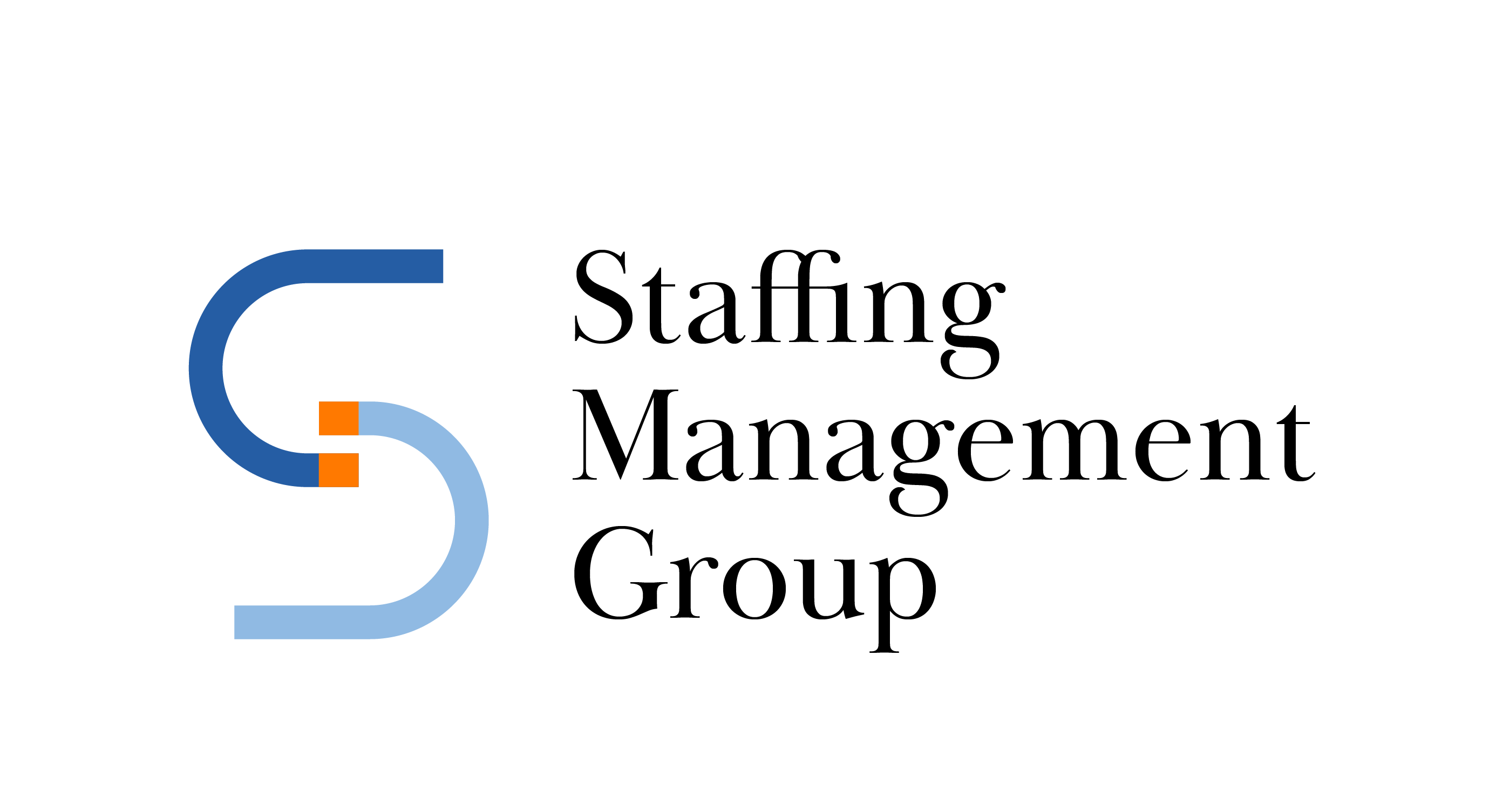Gig-Economy Compliance Update: Managing Worker Classification & Payroll in 2025
You know that gnawing feeling in your stomach when you realize you’ve misclassified a worker and now face potential penalties that could cripple your business? Yeah, that’s becoming increasingly common.
With 36% of US workers participating in the gig economy and new compliance regulations set to take effect in 2025, the stakes for proper worker classification and payroll management have never been higher.
This guide cuts through the noise on gig-economy compliance, giving you practical steps to confidently navigate the worker classification minefield without the usual legal jargon.
The thing most businesses get wrong? It’s not what the IRS looks for—it’s how they look for it. And that subtle difference could be what saves you from a costly audit.
2025 Gig Economy Regulatory Landscape

A. Key Legislative Changes Affecting Worker Classification
The gig economy is getting a major regulatory shake-up in 2025, and companies better pay attention. Several landmark laws have completely rewritten the rules for classifying workers.
First up, the “Modern Worker Clarity Act” finally provides federal standards for determining contractor vs. employee status. It’s using a modified ABC test that evaluates:
- Control and direction of work
- Whether the service is outside the company’s usual business
- If the worker has an independent business in that field
But that’s not all. The “Transparent Earnings Act” now requires companies to provide gig workers with detailed payment breakdowns and fee explanations – goodbye to those mysterious payment fluctuations without explanation.
Many gig platforms are scrambling to adapt to the “Portable Benefits Framework” that mandates contributions toward health and retirement benefits for regular contractors working above certain hourly thresholds.
B. Federal vs. State Compliance Requirements
Talk about a compliance nightmare. While the feds have finally stepped up with baseline standards, states are still doing their own thing, and the differences are wild.
California’s AB5 on steroids now presumes nearly all workers are employees unless proven otherwise, while Texas maintains its business-friendly approach with minimal contractor restrictions.
Here’s what you’re dealing with in key states:
| State | Classification Approach | Unique Requirements |
|---|---|---|
| California | Strict ABC Test | Mandatory benefits proportional to hours worked |
| New York | Extended Rights Test | Unemployment insurance contributions |
| Texas | Right to Work Focus | Minimal restrictions with documentation requirements |
| Illinois | Sector-Specific Tests | Industry-tailored tests with healthcare provisions |
Companies operating across states face a patchwork of regulations requiring sophisticated compliance systems. The “comply with the strictest state” approach is becoming standard practice for multi-state operations.
C. International Compliance Considerations for Remote Gig Workers
Remote work has gone global, and so have the compliance headaches. Companies hiring gig workers internationally now navigate an incredibly complex landscape.
The EU’s Digital Services Worker Directive has created uniform worker protection standards across member states, generally more protective than US standards. Companies must now verify that contractors meet EU self-employment tests or face automatic employee classification.
UK’s IR35 expansion now affects all private sector businesses regardless of size, putting tax liability squarely on the hiring company when workers are misclassified.
What’s tripping up companies? Data privacy regulations. GDPR in Europe, LGPD in Brazil, and numerous regional frameworks create overlapping requirements for handling contractor data.
Currency, taxation, and work authorization form a triple threat of compliance challenges. Many companies are turning to Employer of Record services and compliance platforms to manage these complexities rather than handling them in-house.
D. Penalties for Misclassification in the New Regulatory Environment
The days of slap-on-the-wrist penalties are over. Misclassification in 2025 comes with teeth.
Federal penalties have doubled since 2023, with fines now reaching $5,000 per misclassified worker for first offenses. Repeat offenders face penalties up to $25,000 per worker and potential criminal liability for willful violations.
The real kicker? The new “lookback provision” allows authorities to examine classification practices from the past five years, not just current arrangements. Companies with longstanding misclassification issues face potentially bankrupting penalties.
Class action lawsuits have exploded, with simplified paths for workers to join collective actions. Recent settlements have reached nine figures, with courts increasingly willing to pierce the corporate veil for shell companies created to shield assets.
Beyond financial penalties, reputational damage has become quantifiable. The Labor Department’s new public database of violators has created a “wall of shame” that impacts customer relationships, investor confidence, and recruitment efforts.
Worker Classification Best Practices

The Updated ABC Test and Its Implications
The ABC test has undergone significant changes for 2025, and it’s more challenging than ever. The new version leaves much less wiggle room for companies trying to classify workers as independent contractors.
Here’s what’s changed: Courts now look more critically at the “B” prong—whether the worker performs tasks outside your core business. If you’re a delivery company hiring “independent” drivers? Good luck with that.
The penalties? They’ve doubled. We’re talking backpay, benefits, taxes, plus new state-level fines that can hit $25,000 per misclassified worker in some jurisdictions.
Companies like Uber learned this lesson the expensive way. After years of legal battles, they’ve had to completely restructure their worker relationships in several states, costing millions in settlements and operational changes.
Determining Employee vs. Independent Contractor Status
The line between employee and contractor keeps getting blurrier, but there are still clear signals that help you make the right call:
| Employee Indicators | Contractor Indicators |
|---|---|
| You control when and how they work | They set their hours and methods |
| They use your equipment | They use their tools/equipment |
| Ongoing relationship | Project-based engagement |
| You provide training | They come pre-skilled |
| Work is core to your business | Work is peripheral to your operations |
The IRS is scrutinizing these relationships more carefully now. Their new digital compliance tools can flag suspicious contractor arrangements automatically.
Documentation Requirements for Proper Classification
Paper trails matter more than ever in 2025. If you’re audited (and the rates of audits have jumped 34% this year), you’ll need:
- Signed independent contractor agreements (the old templates won’t cut it—update them)
- Detailed statements of work showing project scope and deliverables
- Evidence of the contractor’s business entity (LLC registration, business license)
- Proof that they market services to others besides you
- Records showing they control their work methods
Don’t just file these away. Review your documentation quarterly to spot relationships that might have evolved into employment.
Industry-Specific Classification Guidelines
Different industries face different scrutiny levels when it comes to worker classification:
Construction has the strictest requirements now. Almost anyone on a jobsite is presumed to be an employee unless you have rock-solid documentation proving otherwise.
Healthcare providers got some flexibility in the new regulations. Specialists who work at multiple facilities can maintain contractor status more easily.
Tech companies are in the crosshairs. If your “contractors” are coding your core products, working alongside employees, you’re practically begging for an audit.
Transportation and delivery businesses face the most rigid enforcement. The Department of Labor has explicitly targeted this sector with specialized task forces.
Creating Defensible Classification Policies
Your classification policy shouldn’t just exist—it should protect you. Here’s how to build one that works:
Start with a formal classification committee. Include people from HR, legal, and operations who review each contractor engagement.
Document your decision-making process for every classification. “We’ve always done it this way” isn’t a defense anymore.
Implement regular classification audits. Review all contractor relationships quarterly to catch any that have evolved into employment.
Consider state-specific rules. Some states (looking at you, California and New York) have classification tests that make the federal standards look lenient.
Train your managers. Most misclassification problems start when a supervisor tries to “help” by bringing someone on as a contractor when they should be an employee.
Payroll Management for Diverse Worker Types

A. Payroll Systems That Accommodate Multiple Worker Classifications
Running payroll in 2025’s gig economy feels like juggling flaming torches while riding a unicycle. Different worker types, different payment rules.
The best payroll systems now offer unified platforms that handle everything from W-2 employees to 1099 contractors in one place—no more switching between systems or manual spreadsheet nightmares.
Look for these features in your payroll system:
- Multi-classification processing capabilities
- Automated worker classification assessments
- Real-time compliance updates for changing regulations
- Integrated time tracking for both hourly and project-based work
- Payment flexibility (direct deposit, digital wallets, cryptocurrency options)
Most companies are switching to cloud-based solutions that integrate with their HR, accounting, and project management tools. These systems flag potential misclassification risks before they become expensive problems.
B. Tax Withholding Requirements for Different Worker Types
Tax withholding isn’t one-size-fits-all anymore. The rules vary dramatically based on worker classification.
For employees:
- Federal income tax withholding (based on W-4)
- Social Security and Medicare taxes (FICA)
- State and local income taxes
- Unemployment insurance contributions
For independent contractors:
- No tax withholding required
- Form 1099-NEC reporting for payments over $600
- Optional backup withholding in specific scenarios
For hybrid workers and new categories emerging in 2025:
- Withholding based on the percentage of time in employee-like roles
- Specialized reporting for platform-based workers
- Industry-specific withholding rules
Innovative companies now use automated systems that calculate tax obligations in real-time based on evolving worker classifications.
C. Benefits Administration Across Classified Workers
Benefits packages have transformed to accommodate diverse worker types. It’s no longer “employees get benefits, contractors don’t.”
The trend is toward portable benefits systems where:
- Full-time employees receive traditional comprehensive packages
- Part-time workers get prorated access to core benefits
- Independent contractors can opt into group plans with partial employer contributions
- Gig workers accumulate benefit credits based on completed projects
Health insurance options now include:
- Traditional employer-sponsored plans for employees
- Group access rates for non-employees
- Health stipends for contractors
- Contribution matching to health savings accounts
Retirement planning has evolved, too, with multi-employer plans and contractor-accessible 401(k) programs gaining popularity.
The companies winning the talent war are those offering flexible benefits packages tailored to each worker’s classification while maintaining strict compliance with 2025’s regulatory framework.
Technology Solutions for Compliance Management

AI-Powered Classification Assessment Tools
Gone are the days of manual worker classification. AI tools now analyze work patterns, payment structures, and control levels to determine proper classifications. These systems flag potential misclassification risks before they become legal headaches.
The real game-changer? These tools continuously learn from regulatory updates and court decisions. They’re not just static checklist systems—they evolve with the changing compliance landscape.
Companies like Workato and WorkMarket offer solutions that scan your contractor relationships and highlight red flags in minutes, not weeks. The cost savings from preventing just one misclassification lawsuit easily justify the investment.
Integrated Compliance and Payroll Platforms
The compliance-payroll divide is disappearing fast. Modern platforms handle everything from onboarding to tax documentation and payments, all while enforcing classification rules.
Payroll systems like Papaya Global and Deel now build compliance guardrails directly into their workflows. They won’t process payments that violate classification requirements, creating a “fail-safe” that protects companies from accidental non-compliance.
Think about it: when your payroll system automatically generates 1099s for contractors and W-2s for employees—and won’t let you misclassify—your risk exposure drops dramatically.
Documentation and Audit Trail Technologies
The best defense against compliance challenges is documentation. Today’s cloud platforms create tamper-proof records of worker agreements, schedule control, payment history, and project directives. Intelligent document management systems don’t just store files—they analyze content for compliance risks. They’ll flag contractor agreements that contain language or expectations similar to those of employees.
Blockchain Applications for Contractor Agreement Management
Blockchain is revolutionizing how we handle contractor relationships. Immutable smart contracts ensure both parties operate under consistent, transparent terms that can’t be altered without mutual consent.
These systems create permanent records of agreement versions, changes, and approvals—critical evidence in compliance audits or disputes. Plus, they can automatically execute payment when deliverables meet predetermined conditions.
Early adopters report significant reductions in contract disputes and greater confidence in compliance posture. The transparent nature of blockchain creates accountability that benefits both companies and their gig workers.
Risk Mitigation Strategies

A. Developing a Compliance Audit Schedule
The days of “set it and forget it” worker classification are long gone. Innovative companies now run regular compliance checks—think of it as getting your business a regular health checkup.
Start with quarterly internal audits. Review all contractor relationships, documentation, and payment structures. Ask yourself: Would these stand up to government scrutiny?
Your audit schedule should include:
- Monthly review of new contractor agreements
- Quarterly assessment of long-term contractor relationships
- Bi-annual evaluation of state-specific compliance requirements
- Annual comprehensive audit with legal counsel
Don’t wait for the IRS or Department of Labor to knock on your door. That’s like waiting for a toothache before seeing the dentist—painful and expensive.
B. Creating a Reclassification Response Plan
Surprise! The DOL just determined that your contractors should be employees. Now what?
Without a plan, you’re scrambling. With one, you’re executing.
Your reclassification response plan should:
- Designate an internal response team
- Outline immediate communication protocols
- Include templates for contractor notifications
- Detail payroll conversion procedures
- Budget for potential back taxes and benefits
Remember when Netflix switched all their customer service contractors to employees? They didn’t panic—they had a plan. You should, too.
C. Insurance Options for Misclassification Claims
Misclassification claims can hit like a financial tsunami. The right insurance is your sea wall.
Employment Practices Liability Insurance (EPLI) typically won’t cover you here. You need:
- Wage and hour insurance endorsements
- Directors and Officers (D&O) coverage with misclassification provisions
- Specialized gig economy compliance policies
Insurance costs vary wildly based on your risk profile:
| Industry | Risk Level | Annual Premium Range |
|---|---|---|
| Tech | High | $25,000-$100,000+ |
| Healthcare | Medium-High | $15,000-$75,000 |
| Retail | Medium | $10,000-$50,000 |
Expensive? Yes. Cheaper than a class-action lawsuit? Absolutely.
D. Building Compliance into Business Growth Plans
Scaling your business shouldn’t mean scaling your compliance risks.
When you’re planning that expansion into three new states, factor in the classification implications. Different states, different rules.
Build these checkpoints into your growth strategy:
- New market entry assessment (classification laws by jurisdiction)
- Technology scaling review (how your platforms manage worker data)
- Contractor-to-employee conversion thresholds (when it makes sense to convert)
- Compliance cost projections (budget for the real cost of compliance)
The fastest-growing companies make compliance part of their DNA, not an afterthought.
E. Working with Legal Experts to Navigate Gray Areas
The line between contractor and employee isn’t just blurry—it’s constantly moving.
Finding the right legal partner isn’t about getting the cheapest hourly rate. Look for attorneys with:
- Specific gig economy experience
- Multi-state compliance knowledge
- History of preventative counseling (not just firefighting)
- Regular involvement in industry associations
Meet with your legal team quarterly, not just when there’s a problem. The best legal advice prevents issues rather than resolves them.
And please—don’t DIY your worker classification strategy from a blog post (even this excellent one). The stakes are too high.

The evolving regulatory landscape of 2025 demands a proactive approach to gig worker classification and payroll management. By implementing robust classification protocols, adopting specialized payroll systems for different worker types, and leveraging compliance technology solutions, businesses can navigate this complex terrain while minimizing costly misclassification risks.
As the gig economy continues to transform the modern workplace, staying ahead of compliance requirements isn’t just about avoiding penalties—it’s about building a sustainable business model that supports workforce flexibility while ensuring proper worker protections. Take time now to assess your current practices, implement the risk mitigation strategies outlined above, and consider consulting with compliance experts to prepare your organization for the regulatory challenges of tomorrow’s gig economy.
Thanks for exploring insights from Staffing Management Group! Discover our comprehensive Employer of Record services designed to simplify onboarding and payroll, or accelerate your cash flow with our tailored Payroll Funding solutions. If you’re seeking strategic partnerships, visit our Partners Program page. To learn how we support staffing agencies navigating Gig-Economy Compliance, return to our home page.
